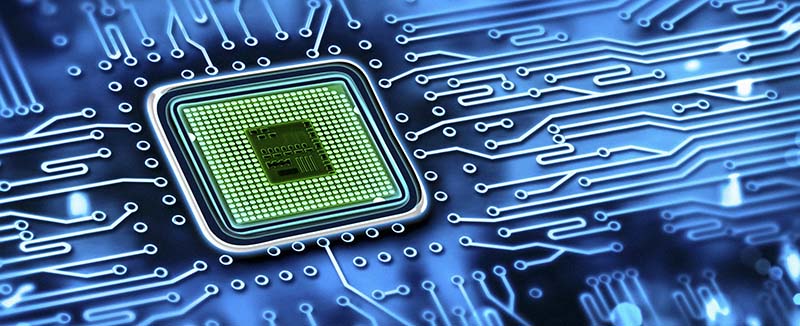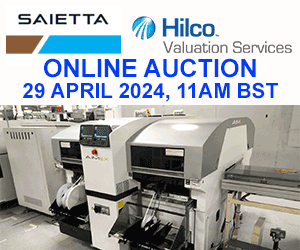ISS 2018 Kicks Off: Among World’s Sharpest Minds Gather to Untangle Critical Issues Facing the Industry

By Dave Anderson, President, SEMI Americas
Following strong growth in 2017, our industry – and its future – are under the considerable influence of several inflection points, including changes in business models, the supply chain, and technology requirements affecting multiple markets. ISS 2018, the industry’s preeminent executive event, went into full swing today with presentations on trends in capital spending, equipment, and end-markets, along with the implications of advances in smartphones, AI, IoT, crypto-currencies, data mining, and more.
ISS speakers will investigate economic and market conditions as well as the geopolitical and societal disruptions inherent in today’s digital age. With the theme “Smart, Intuitive & Connected: Semiconductor Devices Transforming the World,” ISS is also exploring workforce readiness, focusing on talent gaps and the actions we can take to close them at a time when technology and economics are placing ever-increasing demands on our industry and talent is becoming harder and harder to attract and retain.

Whither IoT? While we are hailing IoT to be the future for everything, we acknowledge that the market is still in its infancy, very fragmented, and host to many contradicting requirements. What is also not apparent is how the creators of sensors/actuators/transmitters will benefit from the growth of the trillions of nodes that make up IoT. Mathematical modeling reveals some surprising conclusions for where the semiconductor industry might end up.
There is tremendous acceleration in nanotechnologies, AI/AR, biosciences, and more.
A revolution that will impact everything: AI and machine learning are at the heart of today’s most advanced analytics and IoT applications, ranging from robotics, autonomous vehicles, and cloud-connected products, to smart factories and consumer-facing services in the financial and healthcare sectors. There is tremendous acceleration in nanotechnologies, AI/AR, biosciences, and more. With the fusion of these and other emerging technologies, we stand on the brink of the fourth industrial revolution—a revolution not about a single product or service innovation, but the innovation of entire digital systems.
A new source of competitive advantage: The future of competitive advantage in the digital economy is turning to the question of digital trust. From concerns about the reliability of news on social media feeds, to how user data is used and who might hack into it, to the sheer size of the digital players themselves, digital trust is both a problem to solve and, increasingly, an essential source of competitive advantage.
Businesses in every industry segment must be prepared to transform into digital-ready organizations capable of absorbing disruptive changes.
Disruption calls for new business models: In a climate of digital disruption and global market pressures, businesses are facing significant upheaval and may need to reinvent their operating models. Businesses in every industry segment must be prepared to transform into digital-ready organizations capable of absorbing disruptive changes. By putting in place transformational business processes and technology capabilities, manufacturers will have greater agility to leapfrog competitors; derive insights to create organizational efficiencies; and build new customer, partner, and organizational experiences.
Demand drivers: The rapid adoption of connected devices, coupled with “data-lake” methods of advanced analytics, have led to explosive demand for more scalable, non-traditional computing and storage platforms. We believe that cloud computing, driverless cars, IoT, and AI/AR will be large drivers of semiconductor consumption over the long-term. The semiconductor industry remains the foundation for further sustained growth in many other industries.
ISS 2018 brings together some of the world’s sharpest minds to untangle the important issues. I look forward to seeing you there!











